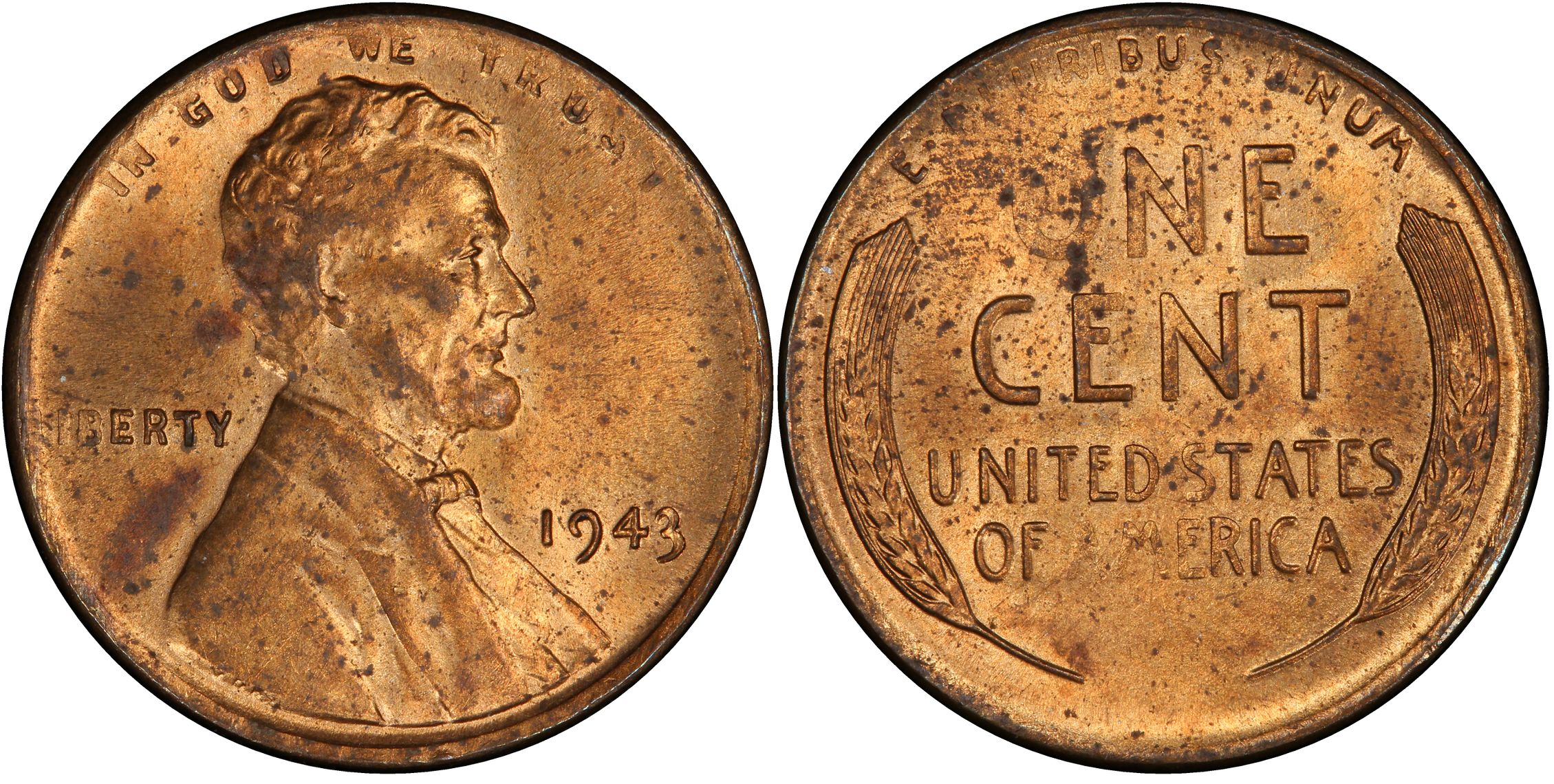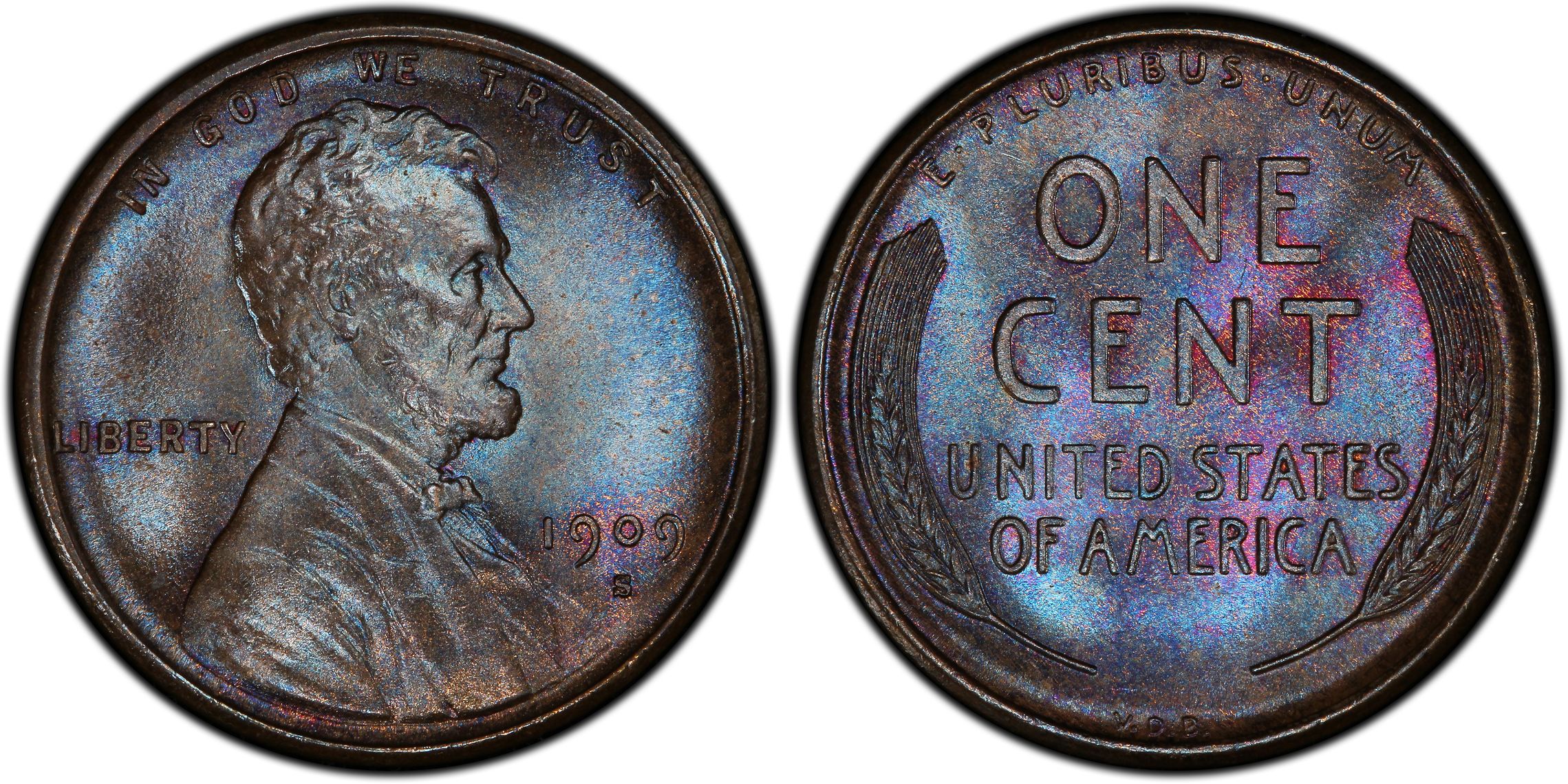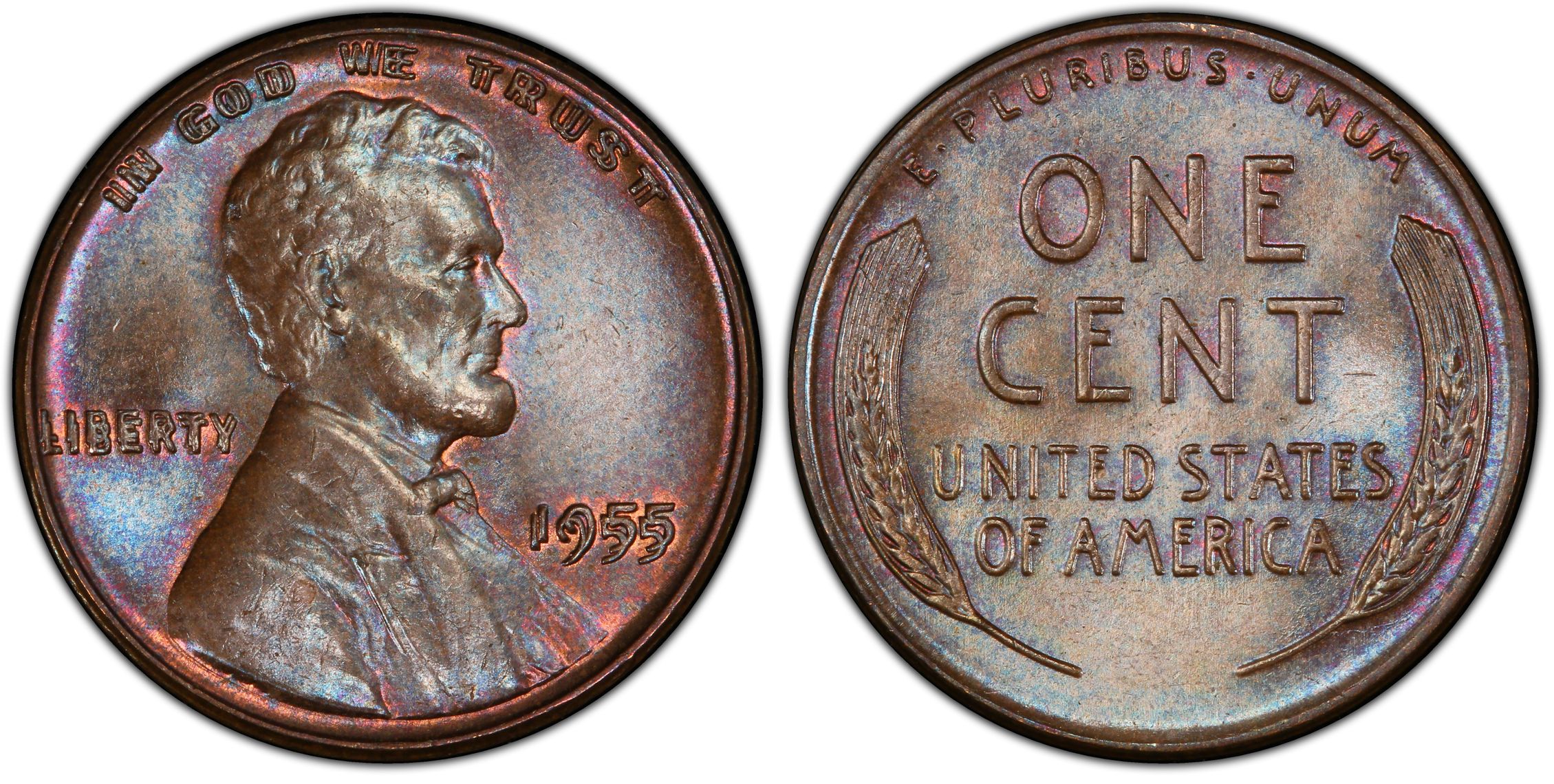Discover Pennies That Are Worth Money in Your Collection
Have you ever wondered if those old pennies tucked away in your drawer could be worth a fortune? Many people unknowingly possess pennies that are worth money, with some rare specimens selling for hundreds of thousands or even millions of dollars at auction. From historic colonial-era cents to modern minting errors, understanding which pennies have significant value can transform casual pocket change into a valuable investment. Whether you're a seasoned numismatist or just starting to explore coin collecting, learning to identify pennies that are worth money is an essential skill that could lead to discovering hidden treasures in your own collection.

Top 100 Most Valuable Pennies That Are Worth Money
Below is a comprehensive ranking of the most valuable pennies that are worth money, based on recent auction records and market values. These rare specimens represent the pinnacle of penny collecting.
| Rank | Name | Price |
|---|
🔍 Check Your Pennies Now!
Wondering if your pennies are rare and valuable? Use the CoinValueChecker app to instantly identify and appraise your penny collection. Get professional-grade authentication and current market values right from your smartphone!
Download CoinValueChecker today and discover the hidden treasures in your pocket change.

The Complete History of American Pennies That Are Worth Money
Understanding the evolution of American pennies is crucial for identifying specimens that are worth money. Each era brought unique designs, minting techniques, and historical contexts that affect value today.
🪙 Large Cents (1793-1857)
The earliest American pennies were large copper cents, almost twice the size of modern pennies. These historic coins feature various designs including the Chain Cent, Liberty Cap, and Draped Bust. Due to their age, historical significance, and limited survival rates, most large cents are valuable, with rare varieties commanding hundreds of thousands of dollars. The 1793 Chain Cent holds the record as one of the most expensive pennies ever sold.
🦅 Flying Eagle Cents (1856-1858)
These small cents marked a dramatic size reduction from the large cent series. The Flying Eagle design featured an eagle in flight on the obverse and a wreath on the reverse. Only produced for three years, these transitional coins are highly sought after by collectors. The 1856 Flying Eagle cent is particularly rare, originally struck as patterns before official production began in 1857.
🎭 Indian Head Cents (1859-1909)
For half a century, the Indian Head penny featured a distinctive design showing Liberty wearing a Native American headdress. Made of bronze (except 1943), these coins spanned the Civil War era through the early 20th century. Key dates like 1877, 1909-S, and various proof strikes are among the pennies that are worth money. The longest-running small cent design before Lincoln, Indian Head cents remain popular with collectors today.
👤 Lincoln Wheat Cents (1909-1958)
Introduced to commemorate Abraham Lincoln's 100th birthday, the Lincoln cent became America's first circulating coin to feature a historical figure. The reverse displayed two wheat stalks, giving these coins their popular "wheat penny" nickname. Famous rarities include the 1909-S VDB, 1914-D, 1922 No D, 1955 Doubled Die, and the legendary 1943 bronze error cents. These are among the most actively collected pennies that are worth money.
🏛️ Lincoln Memorial Cents (1959-2008)
The reverse design changed to feature the Lincoln Memorial, continuing the Lincoln obverse. While most are common, certain varieties and errors make valuable finds. Notable examples include the 1969-S, 1972, and 1995 doubled dies, as well as wide AM varieties from 1998-1999. Uncirculated red specimens of early dates, particularly from 1959-1964 before composition changed, maintain strong collector interest and premium values.
🎨 Lincoln Bicentennial & Shield Cents (2009-Present)
The 2009 bicentennial celebration featured four special reverse designs depicting Lincoln's life stages. Since 2010, the Shield reverse has been standard. While most remain at face value, certain errors, proof strikes, and early uncirculated examples are beginning to develop collector premiums. Modern doubled dies, missing mint marks, and die varieties continue the tradition of creating new pennies that are worth money for future collectors.

Summary: Finding Pennies That Are Worth Money
Identifying pennies that are worth money requires knowledge of key dates, mint marks, errors, and condition factors. The most valuable specimens include early large cents from 1793-1857, scarce dates like the 1877 Indian Head, transitional errors such as 1943 bronze and 1944 steel cents, and famous doubled dies like the 1955 and 1969-S varieties. Condition dramatically affects value, with uncirculated red (RD) examples commanding substantial premiums over circulated coins. Whether you're searching through pocket change or building a serious collection, understanding which pennies that are worth money can turn a hobby into a profitable treasure hunt. Always examine dates, mint marks, and unusual characteristics carefully, and consider professional grading for potentially valuable finds.